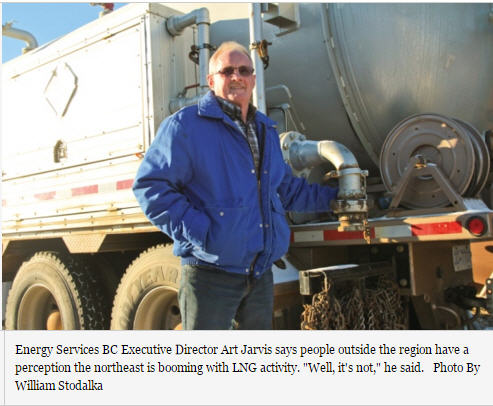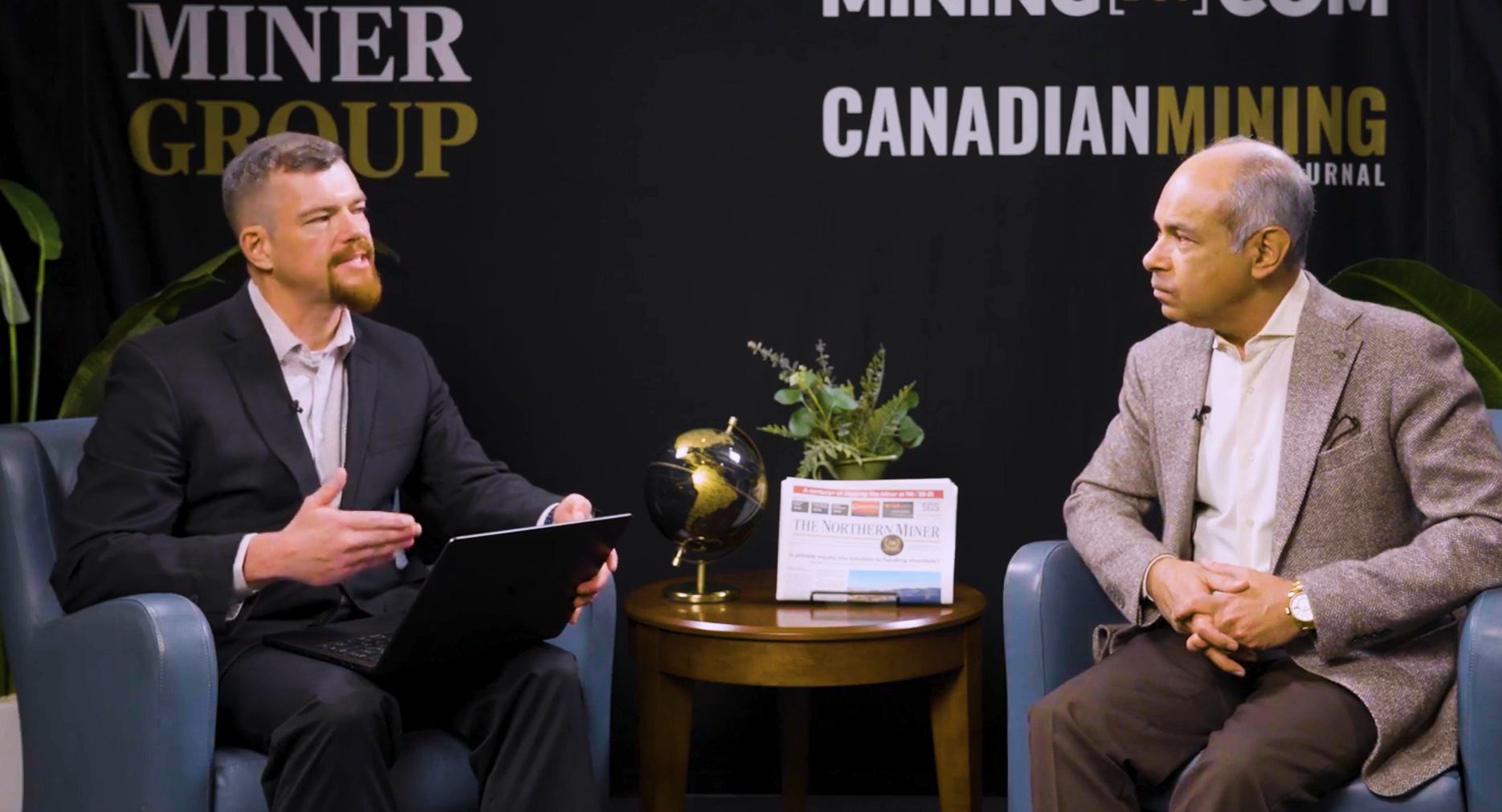LNG boomtowns: fact or fiction?
Where some see a boom, oil and gas service sector and local leaders are tempering perceptions and expectations.
There is a steady stream of stories on the potential benefits liquefied natural gas will bring to the Peace Region.
But some, like Art Jarvis from Energy Services BC, are warning that the perception that the region is booming, are off the mark.
“Investors (outside of the city) think that gold is going to be flowing down the ditches here. That’s what they think,” Jarvis told the Alaska Highway News. “But then when they research it later, they say ‘What the heck?’
“(They’re) under the impression that B.C. is doing great, LNG is going crazy. Well, it’s not.”
That could be limiting access to programs aimed at helping businesses affected by the downturn, including a $500-million fund announced this week.
“(Producers) are (filling) their reserves and then turning the tap closed and waiting for a sale,” Jarvis said. “The next two phases of the big LNG boom that everybody is talking about, and that Christy Clark thinks will bring 100,000 jobs, is the slow return part.”
Building pipelines to the coast and the facilities to export gas to new markets is no small endeavour and it will take time—something smaller service sector businesses might not have, Jarvis says.
He’s worried that the perception that B.C. is doing fine might obscure the picture for others outside of the province, especially those flocking to Alberta to help businesses hurt by the low price of oil, such as the Business Development Bank of Canada.
With trillions of cubic feet of gas stranded in the ground without access to markets, and with the price of natural gas in some cases too low for development, the myth of Northeast B.C.’s bustling LNG boom towns is just that, Jarvis warned.
Visiting officials from the District of Squamish alluded to this when they toured drilling sites and related facilities in the Peace Region in September.
“I expected to see a bustling downtown core and a city that was really happening,” Coun. Doug Race told the Alaska Highway News. “Everything is spread and out and I don’t know where everyone is living, they must be in camps.”
Dawson Creek Mayor Dale Bumstead said he has heard the concerns from smaller service sector businesses in town.
“They say as the industry hurts, the pressures for more competitive pricing for supplies comes into the field and that creates difficulty for local supply guys,” Bumstead said. “I have heard comments that they really need to sharpen up their pencils in order to get the work that some of them have always had.”
Bumstead thinks the situation right now is a result the lack of a final investment decision for any of the big LNG projects.
Although Petronas, the company heading up the Pacific Northwest LNG project, gave conditional approval for the project in June, it is still dependent on the new federal government giving it the green light.
There is also opposition to the project from the Lax Kw’alaams First Nation, which is seeking aboriginal title to Lelu Island and the Flora Bank where parts of the project are located.
Lax Kw’alaams Hereditary Chief Donnie Wesley has led an occupation camp on the island since late August.
Meanwhile, another large project, LNG Canada, a partnership between Shell Canada, PetroChina, Korea Gas Corp., and Mitsubishi Corp., is expected to make a final investment decision in early 2016.
Bumstead says what he heard from Shell at the premier’s LNG conference last month in Prince George wasn’t encouraging.
“For me, the presence and profile that I saw at the conference with Shell gives me reason to believe that the LNG Canada proposal is not closer to (a final investment decision),” he said.
“They’ve always said it was going to be early 2016,” he added. “I believe that we need to be cautiously optimistic as to what’s occurring in the industry.”
dcreporter@dcdn.ca
– See more at: http://www.alaskahighwaynews.ca/business/lng-boomtowns-fact-or-fiction-1.2115907#sthash.fn62mbzk.dpuf
More News
Trump planning to stockpile deep-sea minerals to counter China: FT
April 13, 2025 | 07:56 am
Goldman Sachs upgrades gold forecast again to $3,700
April 12, 2025 | 08:05 pm
{{ commodity.name }}
{{ post.title }}
{{ post.date }}





Comments